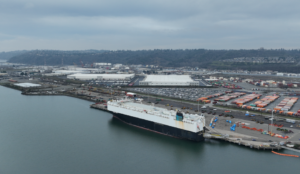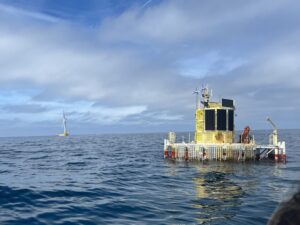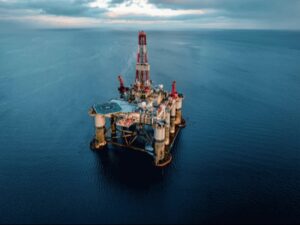BOEM: New guide helps gov agencies and tribes see eye to eye
The Bureau of Ocean Energy Management (BOEM) has published a new guide to help government agencies and Native American communities work together to identify areas along the West Coast that could be affected by future offshore renewable energy development.
The potential for impacts to important coastal and marine Native American sites will increase as interest in offshore renewable energy development increases, according to BOEM.
These potential impacts may include physical disturbances to archaeological sites and traditional use areas, as well as visual impacts.
Utilizing a cultural landscape approach that integrates traditional knowledge with environmental science, historical information, and archaeological knowledge, the guide identifies best practices for tribes on how to represent their interests to government agencies in reviewing potential development projects.
It also outlines best practices for agencies on how to consult with tribes more effectively and appropriately in advance of proposed projects.
This approach and the data it yields are intended to reduce potential conflicts while filling critical data gaps in ocean planning and resource management, BOEM states.
Joan Barminski, Pacific Regional Director of the Bureau of Ocean Energy Management, said: “Understanding the types of important archaeological and cultural resources that could be affected is essential to their preservation. The approach outlined in this guide recognizes that places and cultural heritage resources can have different or multiple meanings and levels of significance based on how people from different cultures, times, or backgrounds have interacted and continue to engage with the respective landscape.”
The guide was developed collaboratively by BOEM’s Pacific Outer Continental Shelf Regional Office, the National Oceanic and Atmospheric Administration’s (NOAA) Office of National Marine Sanctuaries, and the Tribal Historic Preservation Offices of the Makah Tribe of Washington, the Confederated Tribes of Grand Ronde Community of Oregon, and the Yurok Tribe of California, as well as two independent Tribal facilitators.








